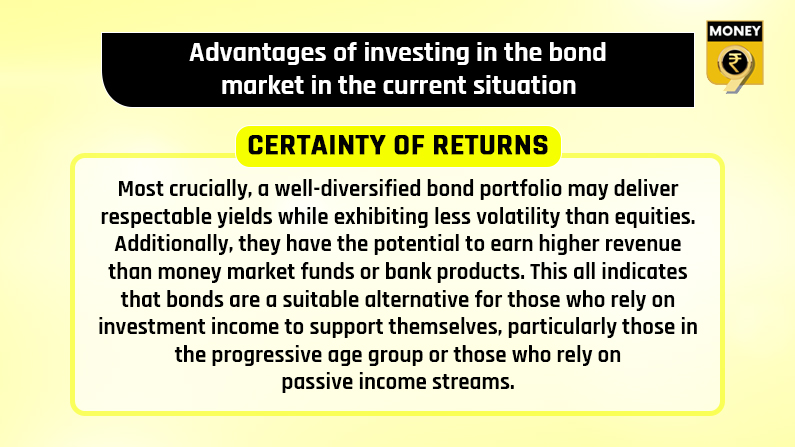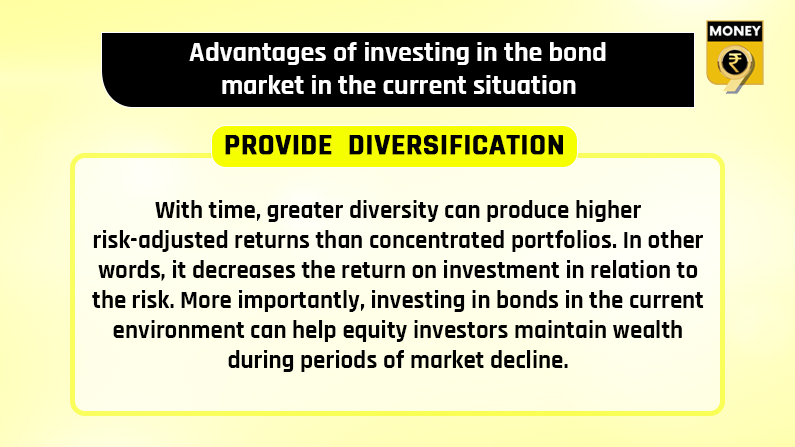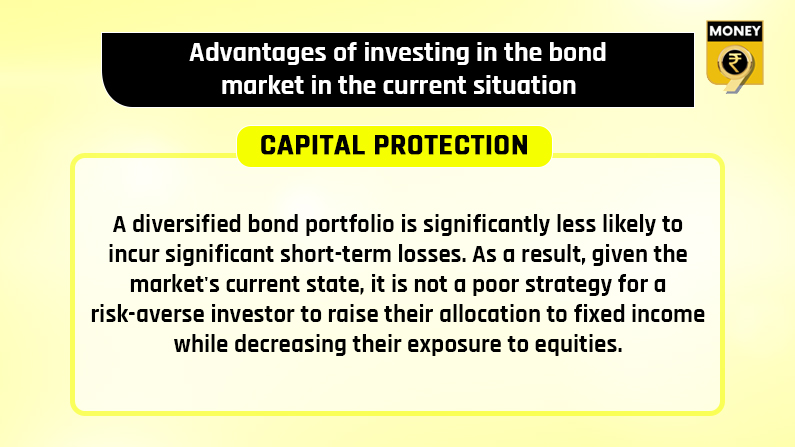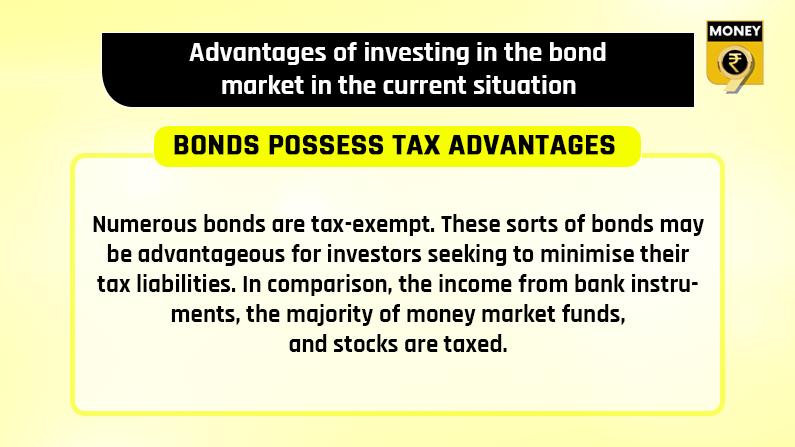A guide to curate a perfect asset allocation with debt instruments
A 100% allocation in any single category of funds, be it debt or equity, can be detrimental and might result in hefty losses
- Himali Patel
- Last Updated : July 7, 2021, 13:56 IST

Saving and investing money is a means of achieving financial goals and safeguarding your future. This means that the investment selections you make should support both the growth and protection of your wealth. By and large, equities investments are regarded as superior vehicles for long-term growth, whereas debt investments are used to safeguard the portfolio.
“80-90% of your investing experience (the volatility you encounter and the returns you earn) can be traced back to your asset allocation decisions. In other words, your long-term investment experience will be predominantly determined by your asset allocation decisions and not mutual fund selection (where unfortunately most of the time is spent),” pointed out Arun Kumar, Head of Research, FundsIndia.
However, even within the broad spectrum of debt investments, not all categories of investments will give the appropriate level of safety or risk-adjusted returns. At one end of the scale, you have bonds issued by the government or Public Sector Undertakings (PSUs) that carry no or very little credit risk and are regarded safe in the event of a default. On the other end of the range, there are bonds issued by investment-grade corporates that are riskier than the others.
“By deciding on a mix of equity and debt, you can reduce your portfolio’s dependency on a single asset class to generate returns. A good mix will be able to lower the volatility via diversification and provides reasonable long-term returns,” argued Kumar.
How, as an investor, you can curate a perfect asset allocation in the debt category?
Debt Funds Instruments
Debt funds are inherently related with three categories of risks: credit risk (the danger of default on the principal and interest payments), interest rate risk (the risk of interest rate changes), and liquidity risk (Risk that the debt instruments cannot be converted into cash when desired). Liquid and overnight funds have the lowest credit risk, ultra-short-term to short-term funds have a moderate credit risk, and long-term funds have the highest credit risk of all debt funds.
The investor should weigh the danger of debt against the risk of the total portfolio, which may reveal prospects for earning a higher rate of return through other types of fund investments. As a result, it is critical for an investor to ascertain their risk tolerance before participating in a debt fund.




Regular debt instruments
Each portfolio should include an emergency fund (to provide short-term cash for essential needs), for which the investor may opt for debt instruments with a short maturity period such as Commercial Papers, Treasury Bills, or Treasury Bonds.
Other investment vehicles include fixed income vehicles such as Employee Provident Funds, Public Provident Funds, Government Bonds, and Corporate Bonds, among others, that require little risk in order to protect their investment capital.
Additionally, a portion of their portfolio may be allocated to higher-yielding assets such as debt mutual funds, etc. The allocation to each of these categories would depend on a number of aspects that an investor should consider when constructing an efficient portfolio, including the bond’s kind, coupon rate, maturity duration, credit rating, and the market’s overall interest rate.
“There are also certain bonds which offer advantage from taxation perspective such as Infrastructure Bonds, Tax-Free Bonds, etc. and may be opted for in order to claim certain tax benefits. Investors with low-risk appetite may prefer a higher allocation towards such funds as it would majorly avoid their credit risk,” says Suresh Surana, Founder, RSM India.
Why is it crucial to have your asset allocation in debt instruments?
Diversification
Diversification significantly reduces risk. As the adage “Do not put all your eggs in one basket” implies, an investor should diversify their investment portfolio in order to mitigate the percentage variation in the portfolio return to some level.
“A 100% allocation in any single category of funds, be it debt or equity, can be detrimental and might result in hefty losses if the fund or security doesn’t perform well,” Surana.
Volatility
Even if an asset class does exceptionally well one year, there is no guarantee that it will perform as well the following year. Additionally, the asset class can underperform. By investing in varied instruments, an investor’s portfolio will be less affected by the performance of a single asset class, allowing them to weather market turbulence.
Regular and steady returns
Unlike equity funds, certain debt funds enable investors to earn set returns on a periodic basis, ensuring the investor’s return predictability. Thus, diversifying an investor’s portfolio across debt asset classes tends to boost total results.
Download Money9 App for the latest updates on Personal Finance.
Related
- Budget’24: New LTCG rule to hit long-term property owners hard
- Looking to buy gold? Buy now before it’s too late!
- Budget 2024: What is NPS ‘Vatsalya’ scheme? How to apply & other benefits?
- Budget’ 24: Startup ecosystem all smiles with scrapping of angel tax
- Budget’24: New NPS scheme for minors launched, here’s how you can benefit
- Budget’24: Gold, silver prices to soften soon, customs duty drops to 6%

